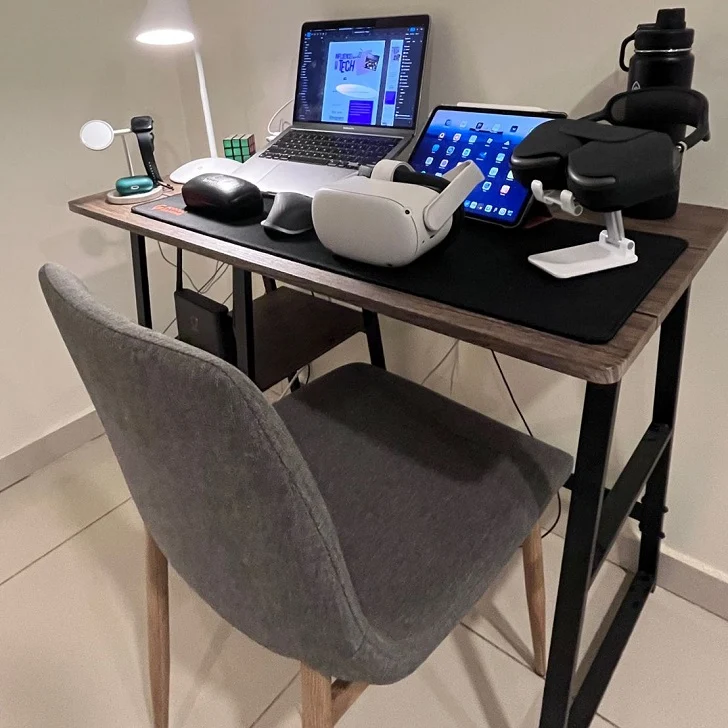Knowing how to do web design is becoming increasingly important in today’s world. Many people are starting their businesses, and they need a website to be successful. Not only that, but many jobs these days require some knowledge of web design. So if you’re someone who wants to learn this valuable skill, now is the time to do it. One of the best ways to learn web design is by taking a course online. There are lots of different courses available, and most of them are affordable. You can also find free tutorials online that will teach you the basics of web design.
Once you’ve learned the basics, it’s time to start designing
your website. This can be a bit daunting at first, but with a little practice,
you’ll be able to create websites that look great and are easy to use.
What is web designing?
Web designing is the process of creating a website. A
website is a collection of pages designed to present information to the public.
Websites can be used for various purposes such as selling products or services,
providing information, entertaining, and keeping people up-to-date on important
news. Generally speaking, a website consists of four main parts: the header,
the main body, the footer, and the contacts page.
What skills do web designers need to have?
Web designers need to be good at both graphic design and web
development. This means being able to create a good design, as well as coding
the website to work correctly. However, there are many different ways to learn
these skills, so you can find the method that works best for you.
Basic rules of visual design
First, it’s essential to understand that web design is about
creating a visually appealing website. There are a few basic rules that every
designer should follow, no matter what style they prefer.
One of the most important rules is the layout. Every page on
a website should have an identifiable layout, meaning all content should be
placed in a specific location on the page and formatted consistently.
Next, it’s essential to use good typography. This includes
everything from titles and headings to body text and footers. Typography can
make a massive difference in the look and feel of a website, so it’s essential
to learn how to use it properly.
To learn layout design
Many resources are available online to teach beginners how
to design web pages.
Here are five of the most popular platforms:
-Canva: Canva is a user-friendly platform that
makes it easy to create professional layouts and graphics. There are plenty of
tutorials and support from the community, so you’ll be able to get started
quickly.
-Blender: Blender is a free 3D software program
that can be used to create layouts and illustrations for websites. While it’s
not as user-friendly as some other options, it offers a wide range of features
and is often used by professionals.
-Inkscape: Inkscape is a vector graphic editor
that can be used to create complex designs. While it may be more challenging to
learn than some other options, its potential value makes it worth considering.
-GIMP: GIMP is a free photo editing program that
can be used to create simple or complex layouts. It can also be used for more
advanced tasks like logo design and photo editing.
Learn the color principles
When it comes to web design, understanding the color
principles can make your designs stand out. Follow these tips to learn about
color and how to use it in your designs:
-Start by learning the primary colors. These are the colors
that make up most of the visible spectrum. They’re red, green, and blue.
-Next, learn about the secondary colors. These are colors
that are created when two primary colors are mixed. For example, yellow is made
when red and green are mixed.
-Finally, learn about tertiary colors. These are colors that
aren’t created from any of the primary or secondary colors. For example, purple
is made when red, blue, and yellow are mixed.
Basic knowledge of interaction design
Interaction design creates compelling user experiences by
designing and specifying interactions between people and digital products. It
encompasses a range of skills, from understanding user goals and needs to
designing intuitive and compelling interfaces.
To start learning about interaction design, you first need
to understand user behavior and why people use digital products. Next, you need
to learn about different types of interactions and how they can be used to
create positive user experiences. Finally, you must understand the various
tools and technologies available for interaction design.
Learn to use a prototyping and design tool
Prototyping and design tools allow you to quickly create
mockups of your ideas and test them out on a small scale before moving on to
the real thing. Here are three of the most popular tools and how they can help
you learn web design:
Inkscape: Inkscape is also great for creating
prototypes because it supports multiple layers and allows you to export your
designs as PNGs or PDFs.
Webflow: Webflow is a tool that lets you create
high-quality HTML5 and CSS3 websites from scratch. It has a drag-and-drop
interface, so it’s easy to get started.
Balsamiq Mockups: Balsamiq Mockups is another
free prototyping and design tool.
Understand the basic coding language(HTML, CSS)
HTML is the skeleton of a website. It holds all the
information necessary to display a page on a computer screen. You can use HTML
to create basic pages, like this one, or more complex pages that include
graphics and text.
CSS is a style sheet language used to set a website’s look
and feel. You can use CSS to change the color, font size, and other aspects of
a page’s appearance.
